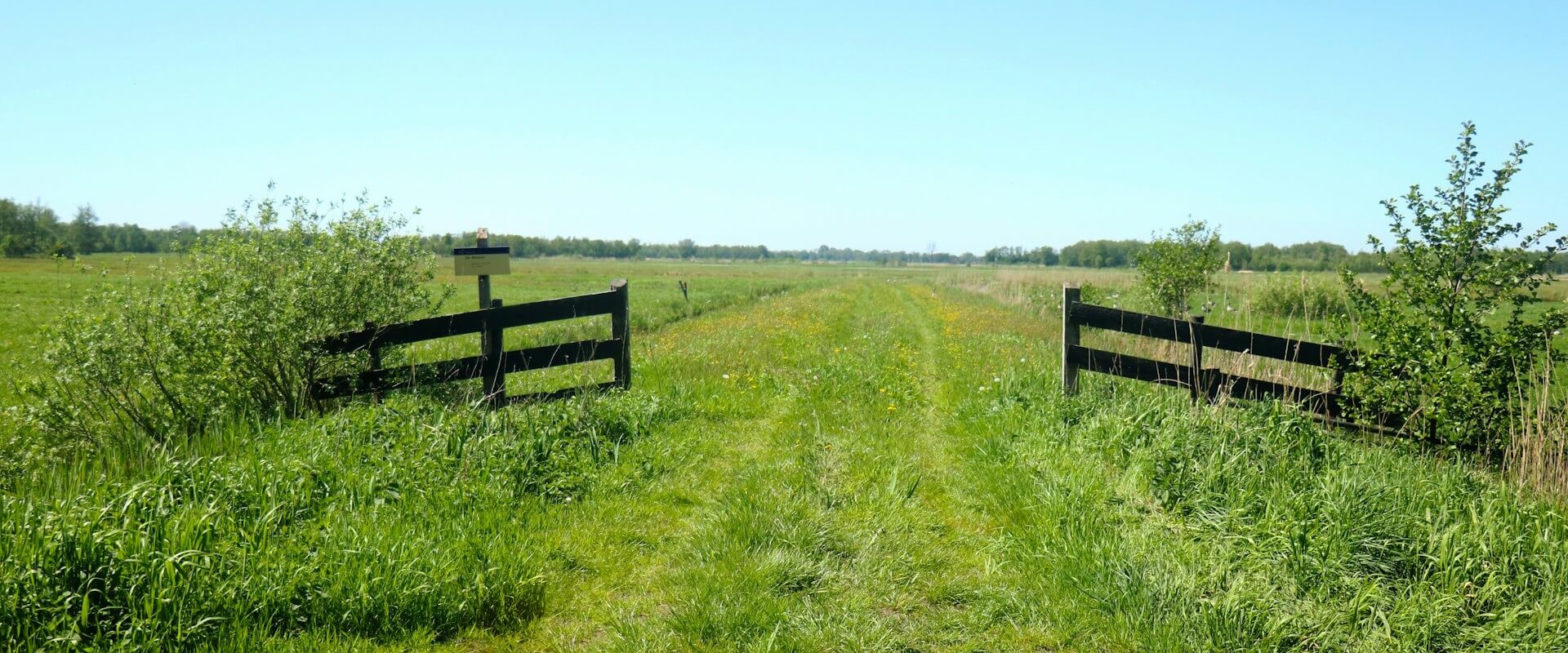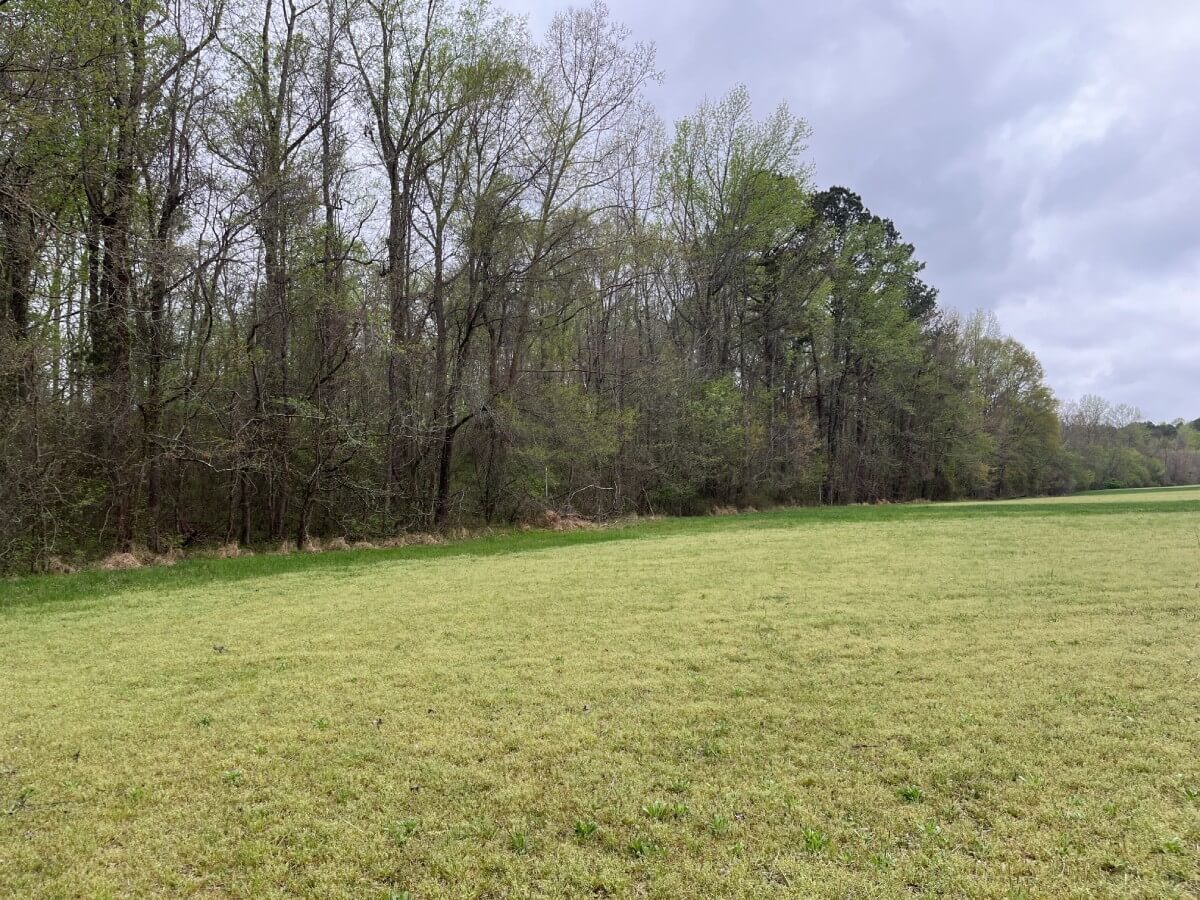A mitigation bank is a site where wetlands, streams, or other natural habitats are restored, enhanced, or preserved to compensate for or offset negative impacts to similar ecosystems elsewhere within a defined geography. These negative impacts usually result from development projects, such as construction or infrastructure projects, where there is significant damage and/or permanent loss of natural resources.
What is Mitigation Banking?
Mitigation banking is an environmental conservation/restoration practice in which a party, often a developer, compensates for the negative environmental impact of their activities (such as construction or land development) by purchasing credits from a mitigation bank.
Quantified units of ecological value, or commonly referred to as “credits”, can be sold to developers or other entities required to offset environmental damage caused by their projects. The type of credits are typically determined by regulatory agencies based on the ecological value created by the restoration, enhancement or preservation activities of the mitigation bank.
Review and Approval Process for a Mitigation Bank
Establishing a mitigation bank requires a rigorous review and approval process guided by the 2008 Federal Mitigation Rule adopted by the U.S. Army Corps of Engineers (USACE) and the U.S. Environmental Protection Agency (EPA).
The process begins with a bank sponsor (entity managing the mitigation bank and process) submitting a prospectus, which outlines the basic concept of the mitigation bank project. The prospectus stage includes a public notice period where interested parties can provide comments or request a hearing.
Following the approval of the prospectus, a more detailed Mitigation Banking Instrument (MBI) is developed. This document undergoes a series of reviews by the Interagency Review Team (IRT). The IRT consists of representatives from the USACE, EPA, US Fish and Wildlife Service as well as multiple state environmental or natural/cultural resource agencies. Once public feedback has been considered and the IRT approves the draft MBI, the bank sponsor revises the draft MBI as necessary and submits it for final approval.
Once approved, the final MBI is signed by all responsible parties, making the bank eligible to generate and sell credits to offset authorized environmental impacts assuming all permits are obtained and mitigation work is completed as reflected in the MBI.
Benefits of Mitigation Banking
Mitigation banking offers a range of benefits that balance environmental conservation with economic development.
Ecological Uplift Over Time
Mitigation banking encourages the enhancement, restoration, preservation and protection of ecosystems in a more holistic manner. Once the mitigation project is complete and ecological uplift has been achieved, the mitigation banks are usually subject to long-term management and monitoring plans, ensuring that the environmental benefits are sustained over time.
More Rigorous Standards
The 2008 Federal Mitigation Rule has made compensatory mitigation projects subject to rigorous regulatory oversight, ensuring that the environmental benefits are consistent and meet the standards set by environmental laws and agencies.
Regulatory Efficiency
Developers can more easily meet regulatory requirements by purchasing credits from a mitigation bank rather than undertaking their own mitigation projects. This reduces the complexity and uncertainty often associated with permitting processes and ensures holistic environmental offsets for regulated impacts.
Economic Incentives
Mitigation banks create a market-driven incentive for enhancing, restoring, and preserving aquatic and other natural resources. By placing a monetary value incentive on these natural resources, they are placed at a similar level of fiscal importance as development projects and can no longer be thought of as having “no cost” for development.
Cumulative Environmental Gains
Over time, the widespread use of mitigation banking can lead to cumulative environmental improvements, contributing to regional or even national ecological and environmental improvement goals.
Conclusion
Mitigation banking is a tool used to balance economic development with environmental conservation, ensuring that the impacts of development are offset by the enhancement, restoration or preservation of important natural resources. In addition, the long-term management of the mitigation bank sites ensures the ecological integrity stays intact.
While some may argue that mitigation encourages or supports development, it can also be that mitigation supports and encourages the valuation and importance of natural resources by often creating much more ecological uplift than what is being impacted. Economic development, at this point in time, requires a built environment, it is only prudent that if impacts to the environment occur as a result of impending development, that we as a society offset those impacts with even greater environmental value.
Note: Unique Places to Save are not mitigation bankers or mitigation service providers. However, we do partner with mitigation partners to hold conservation easements over mitigation banking projects to ensure perpetual protection of these valuable natural assets.
About the Author
Michael brings nearly 20 years of experience to his role as Trusted Conservation Advisor at Unique Places to Save. He has worked to conserve over 200,000 acres across the U.S. while securing over $200M in funding and transacting $500M in land and other real estate.
Learn MoreWe are a trusted partner for mitigation bankers for conservation easement & endowment management
Learn More






